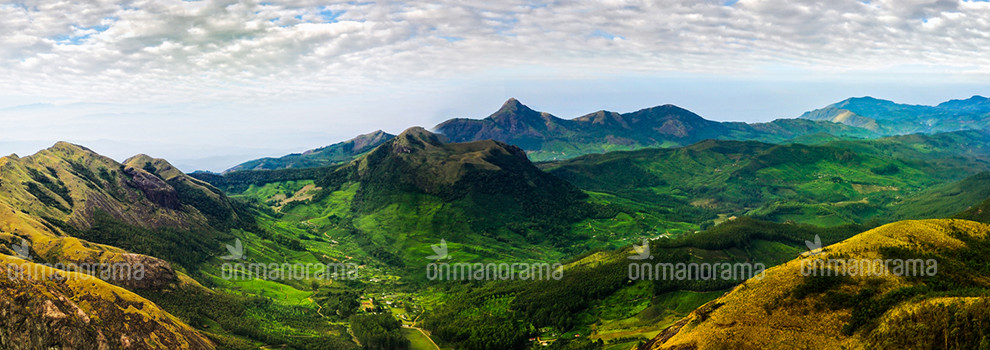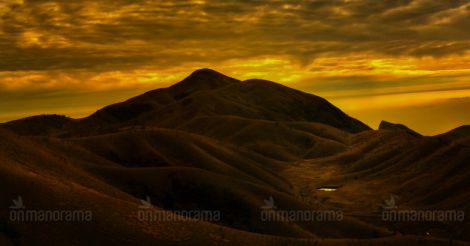It was the success of Dulquer Salmaan’s Charlie that pinned Meesapulimala to Kerala’s tourism map. But do the tourists who flock to explore this highland's verdant landscape really know about its biological diversity? Well, I’d say no. There is certainly more to Charlie's Meesapulimala than meets the eye.
Meesapulimala sustains some of Kerala’s largest and most varied flora and fauna. The biodiversity of this place is enriched with waterfalls, Shola forests and lush green mountains that are surrounded by beautiful meadows.
Nilgiri tahrs are often seen in parts of Western Ghats, which are more than 2,000 meters from the sea level. Meesappulimala is thus an important habitat of the Nilgiri tahr and hence, we need to understand the need to protect it from exploitation.
The presence of Rhododendron – the national flower of Nepal, the state tree of Uttarakhand and the state flower of Himachal Pradesh and Nagaland – portrays the importance of this place’s biodiversity. Rhododendron is widely seen near the banks of streams and hill sides. It is a visual treat to the viewer when this tree blossoms with crimson red flowers.
One can also find Grass Jewel butterfly in these hills. This species of butterfly is very rarely seen elsewhere in Kerala. Meesappulimala is a storehouse of butterflies. Some rare species of moths are also seen in this place.
Various kinds of damsel flies and dragon flies can be seen here in large numbers. In my last trip, I was able to see Stream Ruby damselfly and Slender Skimmer dragonfly.
Bird species such as Brown-breasted flycatcher, Grey-breasted laughing thrush can be seen in the Shola forests here. I was also lucky to get a glimpse of Nilgiri flycatcher.
Rock agama lizard and Elliot’s forest lizard, which are only seen in the Western Ghats can also be seen here. One may also see wild dogs.
No proper studies have been carried out in this place to study its environmental importance nor the impact of increasing human interference in this area. Destruction of the Shola forests will endanger the life of the many species that depend on them. Hence, it must be protected to save the endangered species from extinction.
Meesappulimala, which is above 2,640 meters (8,661 ft.), is also the second highest peak in Western Ghats. Making it into a tourist destination will affect its ecosystem, which will in turn, destroy the biodiversity of this place.
Those who go to conquer Meesapulimala should understand that it’s home to vast biodiversity and make sure not to destroy the same. Meesappulimala is our pride and it is our responsibility to safeguard its sheen.


























 Meesapulimala. Photo: Praveen G. Nair
Meesapulimala. Photo: Praveen G. Nair





